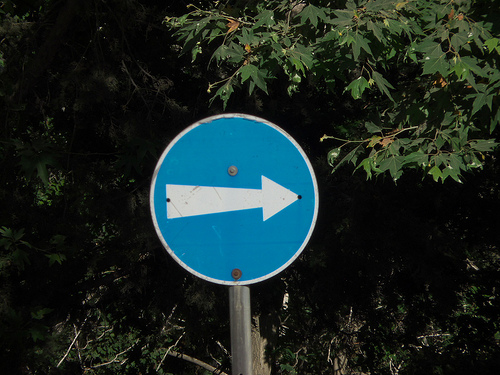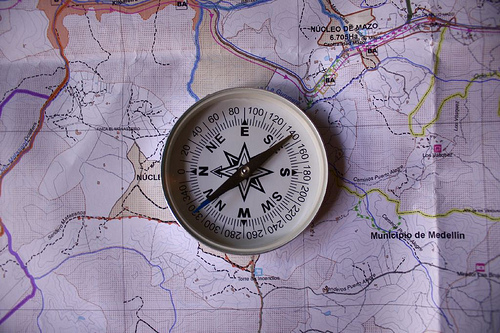You’re in the middle of a long, challenge ride and realise you’re completely lost. What to do
next? In this modern age where everything is smart, connected and can run out of battery, here are some tips to use minimal mobile data and technology to find your way back home.
Prioritise your objectives
The approach to getting unlost depends on your priorities. Do you want to avoid a gigantic mountain range, do you want to finish the ride before sunset or are you so tired that you need to find the shortest or quickest way home? You may wish to find your way back to your original route, though sometimes it’s better to make a diversion altogether.
There’s no silver bullet solution so it’s best to anticipate the likely difficulties you may face before you set off so when you’re really tired, you’ve already got a rough idea what to do next.
Resources
Most of us nowadays have a smartphone that has a GPS. You may want to think about getting an app where you can cache maps so you can use it offline to limit data usage (especially useful when you’re abroad). Keep an eye on the phone battery life though. Depending on how lost you are, you may need to ration your phone battery over a long duration to get yourself home.
You can of course ask people for direction. However, be wary – they may only drive so when they say the next village is about 20 minutes away, that might be an hour of cycling!
You may sometimes find pinned up maps outside churches or village halls on a noticeboard. They probably won’t be able to guide you to the finish but might get you to the next settlement where you can find more resources to help you out.
In the wild

Until we learn how to talk to migrating birds which have an amazing sense of direction, we’ll need to resort to more mainstream methods of finding north . What if you haven’t got a working smartphone or don’t have a compass? There are a few reliable methods to find north but you’ll need to have a paper map on you for reference (or only intend to ride in a general direction).
This is just to show you how little you need to find your way (but if you really think you’ll use these methods, you’ll need to research them further). In the daytime, you can use a stick and a couple of stones to find north but you need strong enough sunlight to cast a distinct shadow and it will take you over 15 minutes each time to get a relatively accurate reading. A better combo is to have an analogue watch and a line of sight of the sun; there’s an adjustment you need to make depending if you are in the northern or southern hemisphere.
After nightfall, you can still find your direction and it can be surprisingly easy. If you’re in the northern hemisphere, the North Star (Polaris) will point you north while, if you’re in the southern hemisphere, the Southern Cross constellation will point you south. Having said that, if you’re in the UK, you’ll have to hope light pollution or cloud don’t get in the way first.
Route planning
To minimise the chances of getting lost in the first place, check out our guide to some resources to plan your ride. It’s useful to have a plan B which involves cutting the ride short or taking the train (though this does make for an easy way out that could tempt the less hardy into ditching their own challenge).
Hopefully, you won’t have to resort to reading constellations but it’s a good trick to have up your sleeve. A not so useful tip but a comforting backup plan is to have the stamina to just keep riding.
Leave a Reply